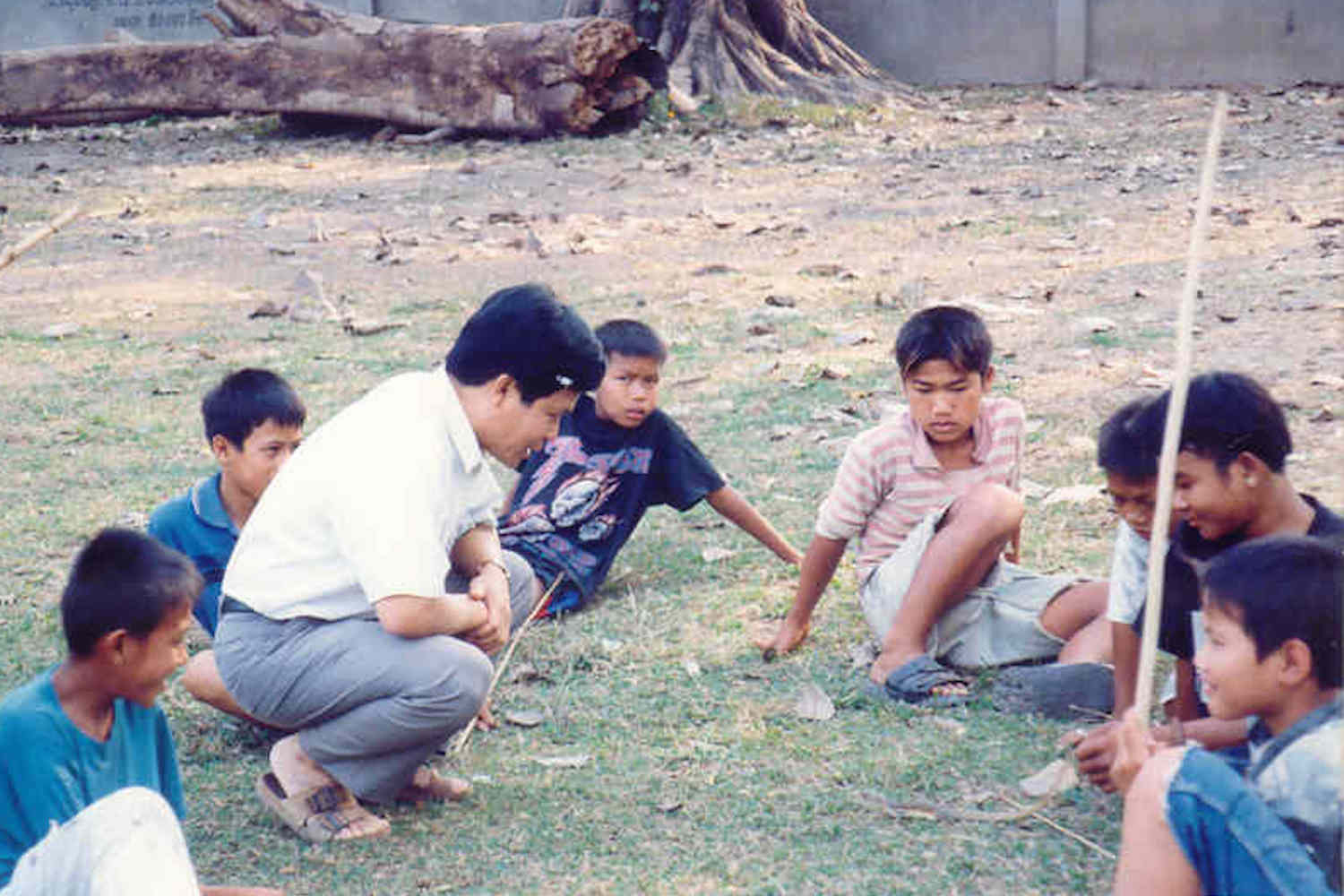FIDH-OMCT & LMHR: 26 October 2016
 The Lao government must immediately and unconditionally release two former pro-democracy student leaders who have been arbitrarily detained for 17 years and disclose the fate or whereabouts of two others, the Observatory for the Protection of Human Rights Defenders (a joint FIDH and OMCT partnership) and the Lao Movement for Human Rights (LMHR) said today.
The Lao government must immediately and unconditionally release two former pro-democracy student leaders who have been arbitrarily detained for 17 years and disclose the fate or whereabouts of two others, the Observatory for the Protection of Human Rights Defenders (a joint FIDH and OMCT partnership) and the Lao Movement for Human Rights (LMHR) said today.
 Mr. Thongpaseuth Keuakoun and Mr. Sengaloun Phengphanh, two former student leaders with the Lao Students Movement for Democracy (LSMD), are believed to be detained in Samkhe prison, located on the eastern outskirts of Vientiane. Messrs. Thongpaseuth and Sengaloun were arrested in Vientiane on October 26, 1999, along with fellow LSMD members Mr. Bouavanh Chanhmanivong, Mr. Khamphouvieng Sisa-at, and Mr. Keochay, for planning peaceful demonstrations that called for democracy, social justice, and respect for human rights. All five were subsequently sentenced to 20 years in prison for “generating social turmoil and endangering national security.” Continue reading “Laos: Free former student leaders arbitrarily detained for 17 years”
Mr. Thongpaseuth Keuakoun and Mr. Sengaloun Phengphanh, two former student leaders with the Lao Students Movement for Democracy (LSMD), are believed to be detained in Samkhe prison, located on the eastern outskirts of Vientiane. Messrs. Thongpaseuth and Sengaloun were arrested in Vientiane on October 26, 1999, along with fellow LSMD members Mr. Bouavanh Chanhmanivong, Mr. Khamphouvieng Sisa-at, and Mr. Keochay, for planning peaceful demonstrations that called for democracy, social justice, and respect for human rights. All five were subsequently sentenced to 20 years in prison for “generating social turmoil and endangering national security.” Continue reading “Laos: Free former student leaders arbitrarily detained for 17 years”



 We learned of the threats on Maria Chin Abdullah, Chairperson of Bersih 2.0, Laureate of Gwangju Prize 2016. We learned also of the smearing of paint on her son’s car and other attempts to intimidate her, her family and her associates.
We learned of the threats on Maria Chin Abdullah, Chairperson of Bersih 2.0, Laureate of Gwangju Prize 2016. We learned also of the smearing of paint on her son’s car and other attempts to intimidate her, her family and her associates. 
 Briefing paper prepared by the Sombath Initiative
Briefing paper prepared by the Sombath Initiative Mass organisations, including the National Front for Reconstruction, the Federation of Trade Unions, and the Women’s and Youth Unions, are often portrayed by the Lao government as civil society organisations, although they exist primarily to represent the state to the population. Non-Profit Associations (NPAs) are seen in a similar vein, as mechanisms to extend governmental agenda, policies and programmes.
Mass organisations, including the National Front for Reconstruction, the Federation of Trade Unions, and the Women’s and Youth Unions, are often portrayed by the Lao government as civil society organisations, although they exist primarily to represent the state to the population. Non-Profit Associations (NPAs) are seen in a similar vein, as mechanisms to extend governmental agenda, policies and programmes.